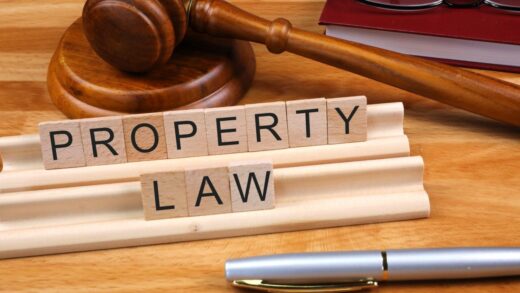How to Apply for Student Loan Forgiveness
Student loan debt is a major financial burden for millions of Americans. In fact, the total outstanding student loan debt in the United States is now over $1.7 trillion. For many borrowers, student loan debt can feel like a never-ending weight on their shoulders.
Fortunately, there are a number of programs available that can help borrowers get some or all of their student loan debt forgiven. These programs vary in terms of eligibility requirements and the amount of debt that can be forgiven. However, they can provide a significant financial relief for borrowers who qualify.
Eligibility Requirements for Student Loan Forgiveness
The eligibility requirements for student loan forgiveness programs vary depending on the specific program. However, some common requirements include:
- Having federal student loans
- Making on-time payments for a certain period of time
- Working in a qualifying public service job
- Meeting certain income requirements
How to Apply for Student Loan Forgiveness
The application process for student loan forgiveness can vary depending on the specific program. However, there are some general steps that borrowers typically need to take:
- Contact your student loan servicer to find out if you are eligible for any forgiveness programs.
- Gather the required documentation, such as proof of employment and income.
- Complete the application form for the forgiveness program you are interested in.
- Submit the application form to your student loan servicer.
FAQs About Student Loan Forgiveness
- What are the different types of student loan forgiveness programs?
There are a number of different types of student loan forgiveness programs available. Some of the most common programs include:
- Public Service Loan Forgiveness (PSLF): This program forgives the remaining balance on your federal student loans after you have made 120 qualifying monthly payments under a qualifying repayment plan while working full-time for a qualifying public service employer.
- Teacher Loan Forgiveness: This program forgives up to $17,500 in federal student loans for teachers who work full-time in low-income schools or educational service agencies for five consecutive years.
- Perkins Loan Cancellation: This program cancels the remaining balance on your Perkins Loans after you have made 120 qualifying monthly payments or after you have worked full-time for a qualifying employer for five consecutive years.
- Borrower Defense to Repayment: This program forgives the remaining balance on your federal student loans if you can prove that your school misled you or engaged in other misconduct.
How do I know if I qualify for student loan forgiveness?
The eligibility requirements for student loan forgiveness programs vary depending on the specific program. However, some common requirements include:
Having federal student loans
* Making on-time payments for a certain period of time
Working in a qualifying public service job
Meeting certain income requirements
You can find more information about eligibility requirements for specific student loan forgiveness programs on the Federal Student Aid website.
-
How do I apply for student loan forgiveness?
The application process for student loan forgiveness can vary depending on the specific program. However, there are some general steps that borrowers typically need to take:
- Contact your student loan servicer to find out if you are eligible for any forgiveness programs.
- Gather the required documentation, such as proof of employment and income.
- Complete the application form for the forgiveness program you are interested in.
- Submit the application form to your student loan servicer.
-
How long does it take to get student loan forgiveness?
The processing time for student loan forgiveness applications can vary depending on the specific program. However, it can take several months or even years for your application to be processed.
-
What happens if I don’t qualify for student loan forgiveness?
If you don’t qualify for student loan forgiveness, you may still be able to get help with your student loan debt. There are a number of other programs available, such as income-driven repayment plans and loan consolidation, that can help you make your payments more affordable.
Conclusion
Student loan forgiveness can be a life-changing opportunity for borrowers who are struggling with their debt. If you think you may be eligible, it is important to do your research and apply for the programs that are right for you. There are a number of resources available to help you, such as the Federal Student Aid website and the National Consumer Law Center.
Additional Resources
- Federal Student Aid: https://studentaid.gov/
- [National Consumer Law Center](https://www.ncl



